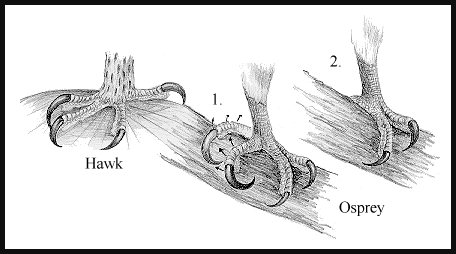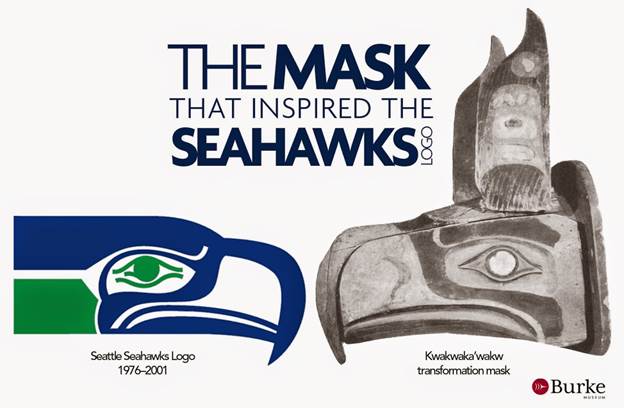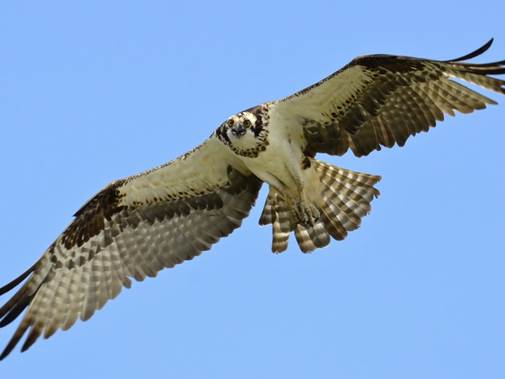“I think he’ll be to Rome/As is the osprey to the fish, who takes it/By sovereignty of nature.” Coriolanus, William Shakespeare
The more common name for this bird is osprey, but it also is known as a sea hawk or fish hawk. Osprey have a wide distribution across North America and are found along the coasts and larger rivers and lakes. They breed from northwestern Alaska and the Yukon, across northern Canada and along the east coast eastern gulf coast of the U.S., along Baja and the east coast of the Yucatan and from northern Arizona through northern California, Oregon, and Washington. It also is found in Scandinavia and across northern Russia. Birds that breed in North America winter in along the southern coast, Bermuda, the West Indies, and Central and South America. Counting summer and winter habitat it is found on all continents except Antarctica. It is the only species in the genus Pandion, which is the only genus in the family Pandionidae. Pandion from the mythical Greek king Pandion, grandfather of Theseus, who was transformed into an eagle, and haliaetus from the Greek for sea eagle or osprey.
Males and females are have a similar coloration with females having a slightly more streaked breast. Females average 3.7 lbs and a wingspan of 19.8 inches and males 3.1 lbs and 18.7 inch wingspan. They are a rather distinctive looking bird, with a dark line intersecting their eye and they fly with a very noticeable crooked wing – easily identifiable at a distance. Their usual call is a series of loud kip notes and when disturbed on the nest they make repeated calls at a rising pitch of pee-ee. https://www.youtube.com/watch?v=19nQtznaPb0
You can summarize the basic needs of an osprey as an adequate source of fish that can be captured near the water surface in clear water, which allows them to be seen, and an elevated nest site within a mile of open water. Osprey are pretty versatile in picking nest sites, which typically are in broken top trees. But they are known to nest on channel markers, utility poles, old duck blinds, and other elevated structures. They readily will make use of a simple platform of wood placed atop a tall wooden pole, thus they often can be coaxed to leave a nest in an inconvenient place such as a utility tower or cell tower by constructing an inviting option nearby.
They are migratory so you will not see them around Puget Sound until about May. There was an old nest in Commodore Park near the Ballard Locks that was in danger of falling onto the train tracks – but a group of agencies cooperated on removing the nest (during the winter) and then fabricated a nest platform atop a 70-foot-high pole. The following spring the adults returned to nest. Over in Magnusson Park along Lake Washington two other osprey nested in the crow’s nest of a docked NOAA research vessel. Similarly, a platform on a pole was set up and the birds chose this site the following year for nesting. If you’re interested you can see the nest from atop kite hill or the parking lot for building 27.
Osprey are quite adapted to efficiently catching fish, though they get low points for style. While eagles gracefully swoop along the top of the water and snatch fish out while flying, most of the time osprey hunt from about 100 ft above the surface, tuck their wings, a plunge into the water talons first. They kind of flop around, splashing and beating their wings to get airborne. Osprey can close their nostrils when they dive to avoid that annoying feeling of water jetting into their sinuses. Osprey talons are thin and extremely sharp – which aids in latching on to the back of a fish. While most raptors (birds with talons such as hawks/eagles/falcons) have toes in a pattern of three front, one back – osprey toes are more maneuverable and they can tweak them around to a 2-2 position, which helps in grabbing slippery fish.

In Yellowstone National Park 90% of the fish caught by osprey were cutthroat trout while in the CA marine environment surfperch was the dominant prey item. Osprey have been recorded eating frogs, crustaceans, turtles, small mammals, and birds – but fish are the vast majority of their diet. They often will flip a fish they have caught so the head is facing in the direction of travel, a more aerodynamic condition. Here’s a short video showing an osprey using the swoop method and then the plunge method of fishing https://www.youtube.com/watch?v=GA5XLzXZVUc
The Seattle Seahawks logo is thought to have been modeled after a Kwakwaka’wakw transformation mask that depicts an eagle when it is closed and a human face inside when it opens up. It’s thought that the reference was found in Robert Bruce Inverarity’s 1950 book Art of the Northwest Coast Indians. In case you would like to see the original it is now on display at the Burke Museum on the UW Campus through July 27th.

he Seattle Seahawk’s mascot is, not in fact an osprey but an augur hawk, which is native to Africa. Apparently the falconer in charge of the mascot did try and get an osprey but the U.S. Fish and Wildlife Service would not allow use of a native species for commercial purposes. So a hatchling augur hawk was ordered from the World Bird Sanctuary in St. Louis and then trained to deal with the noise of a stadium. The mascot’s name is Taima (thunder), in case you were wondering.
I remember this as the first raptor I was able to identify. When I was a kid our Dad would take us fishing down to the Jersey shore for fluke, flounder, or bluefish either along the jetties or out on a party boat. At dawn, as the boat negotiated the channels behind the barrier beach on the way to the open water, there was the inevitable kee-kee call of an osprey either overhead, perched on a channel marker, or from a nest above the marsh. The factory guys, like by Dad, with thick fingers baiting their hooks with squid or bunker, would pause and squint into the sun and then look at you and nod their head in the bird’s direction letting you know it was a fish hawk – or a sea hawk. It all seemed part and parcel of the excursion, and that this was but the first shared nugget of common knowledge for the coming summer day.
And — Go Hawks!
